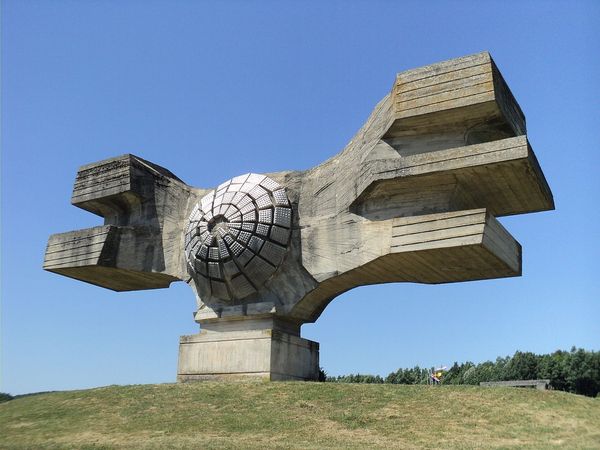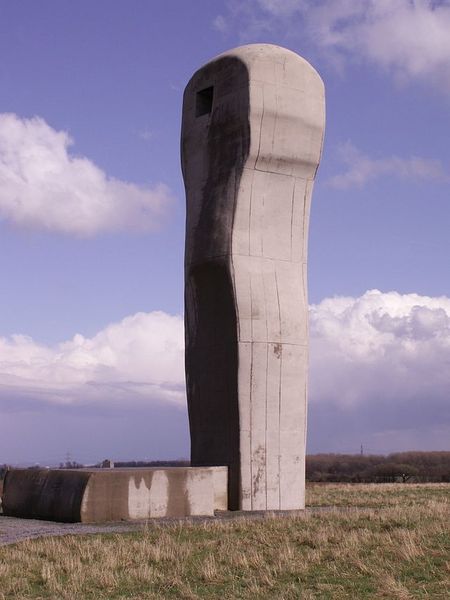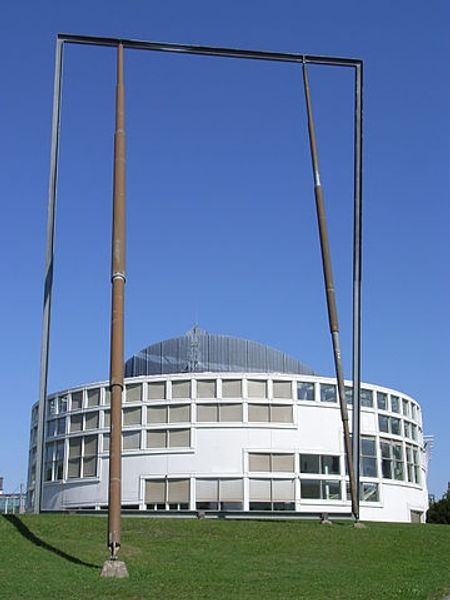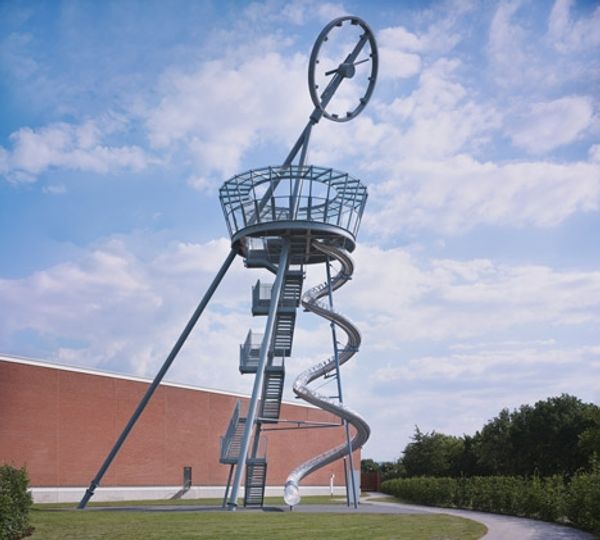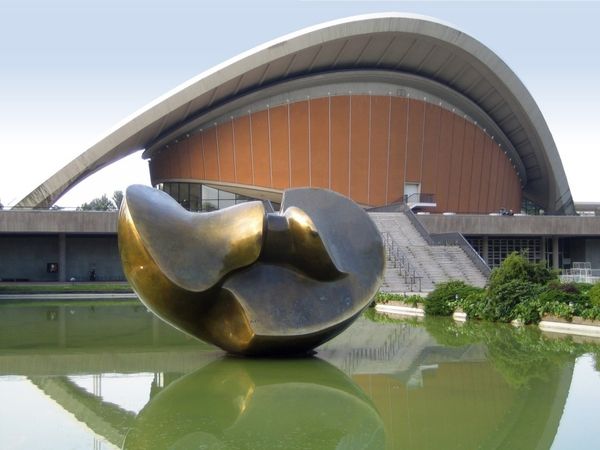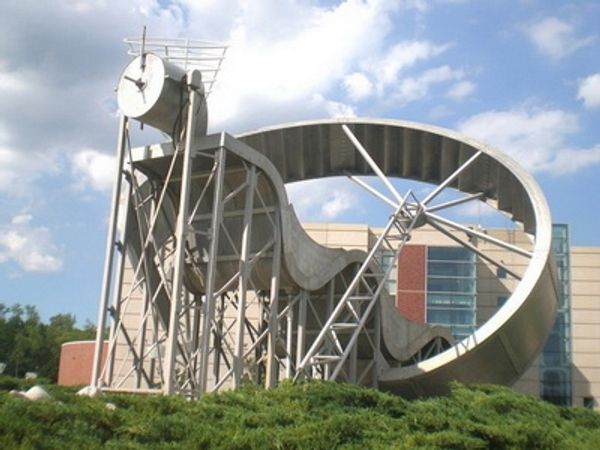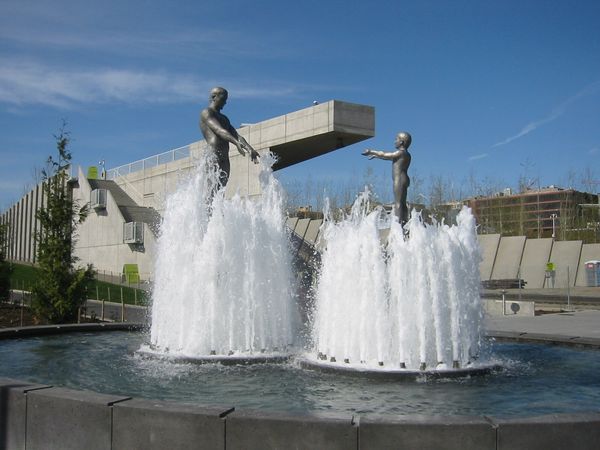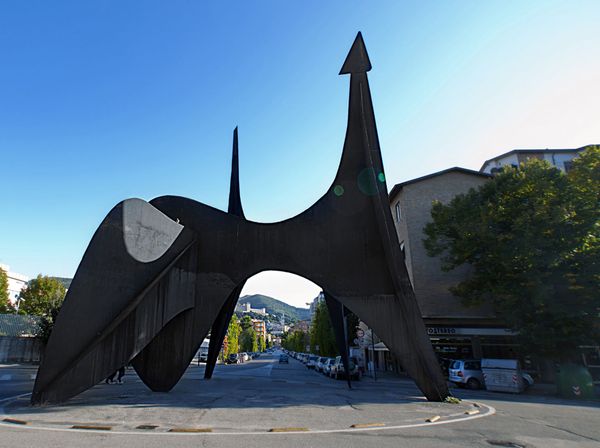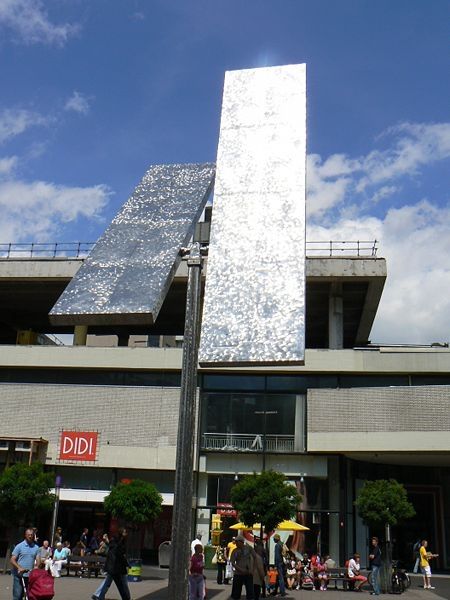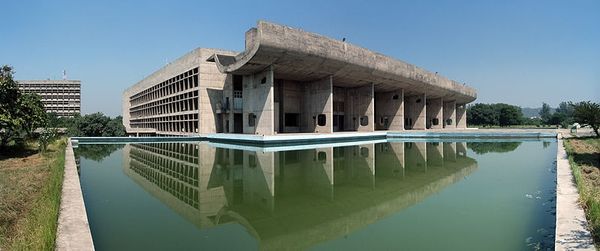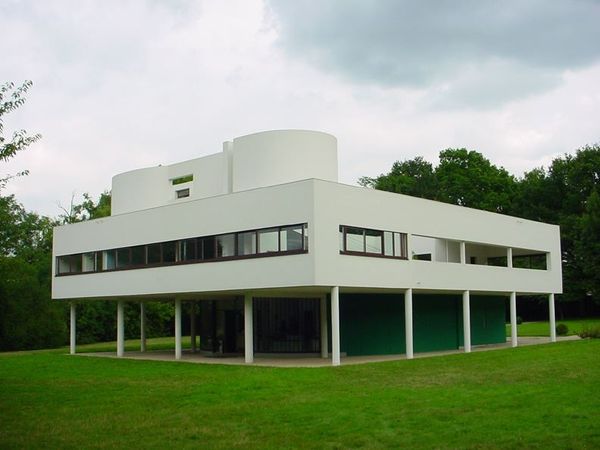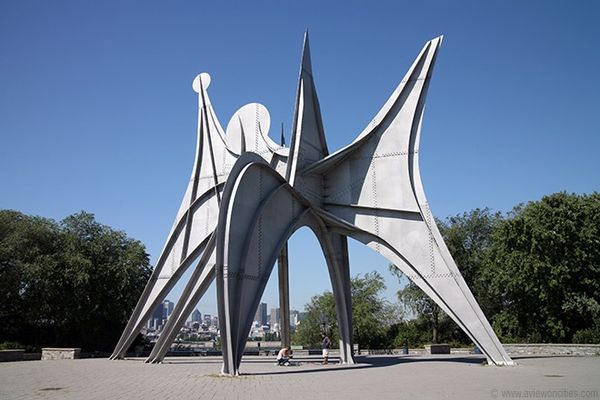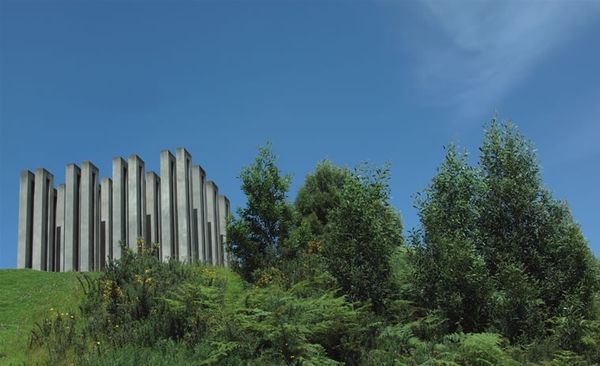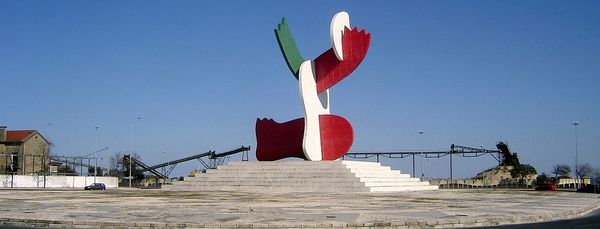
photography, site-specific, architecture
#
concrete-art
#
architectural photography
#
outdoor photo
#
photography
#
geometric
#
site-specific
#
architecture photography
#
modernism
#
architecture
Copyright: Le Corbusier,Fair Use
Editor: We're looking at the Église Saint-Pierre de Firminy, begun in 1960, an architectural work by Le Corbusier. The imposing scale and raw concrete give it an almost Brutalist feel, monumental and…stark. What do you make of it? Curator: It’s critical to understand Le Corbusier's work, including this church, as deeply entangled with utopian social ideals. What might seem 'stark' is, in fact, a deliberate aesthetic choice reflecting a desire to create egalitarian spaces. How does knowing that this was part of a larger planned community alter your understanding? Editor: I see what you mean. Knowing that, the monumentality seems less about power and more about aspiration, a vision of the future. Curator: Exactly. Now, consider the choice of concrete. It’s not just about aesthetics; it's about accessibility. Concrete was meant to be a democratic material, reproducible and relatively inexpensive, unlike the marble and stone of older religious architecture. What statement is being made by prioritizing accessibility? Editor: So, the choice of concrete challenges traditional elitism. But does it also reinforce the social divide through its imposing, arguably impersonal nature? Is it possible to be both utopian and dystopian at the same time? Curator: Precisely. These contradictions are at the heart of Modernism. By critically examining such works, we expose the complexities of architectural forms and what kind of politics they propose. Is it inclusive or exclusionary? Democratic or totalitarian? What kind of body does it assume to inhabit its spaces? Editor: That gives me a lot to think about in terms of not only the building's design but also its underlying message. Thank you for expanding my understanding of how societal aspirations affect visual structures. Curator: Indeed. And I appreciate you for pointing out those questions and your eagerness to connect formal choices with sociocultural considerations.
Comments
No comments
Be the first to comment and join the conversation on the ultimate creative platform.

